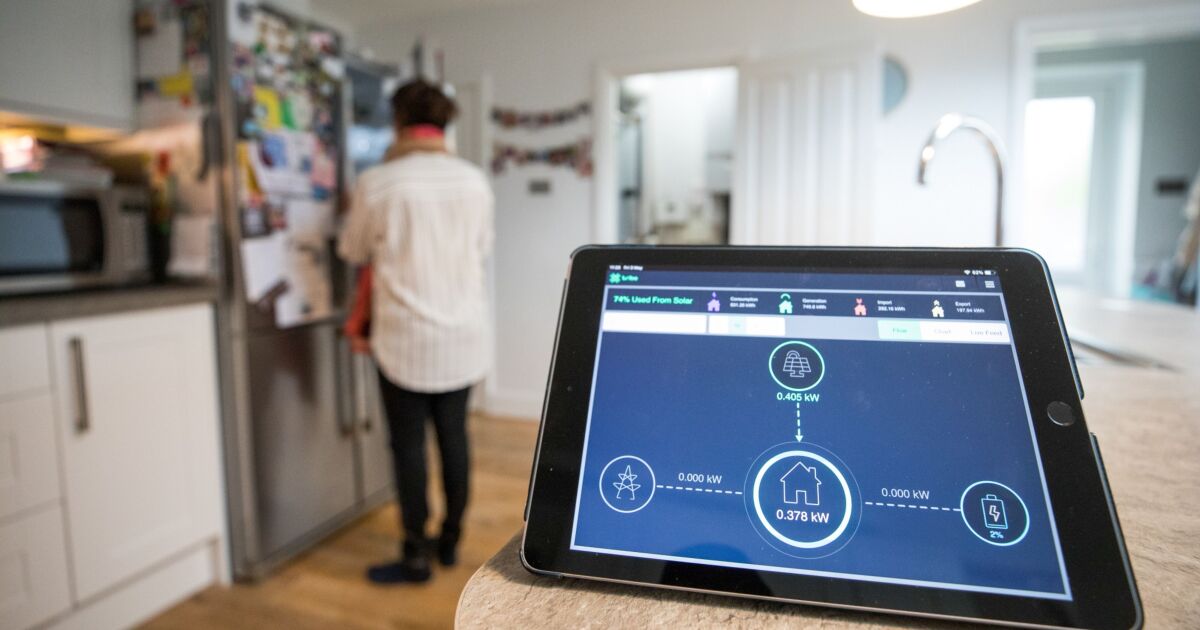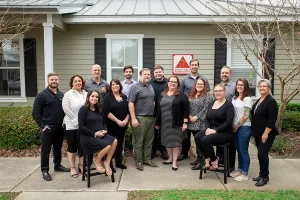Smart home tech: Greater potential than just policy discounts?

Using smart home technology for security or loss prevention first became a possibility decades ago using radio frequencies and electrical wiring, with an internet-based version in the form of Internet of Things emerging almost 20 years ago. Only in recent years, though, have insurance carriers noticed IoT and partnered with IoT technology providers like SimpliSafe, Notion, Roost and Ting, as well as Lennar, which markets complete home IoT systems covering a variety of functions to homebuyers.
Most often, carriers present the benefits of these partnerships to policyholders in the form of discounts on their policies, in return for the access to information about their homes that this technology provides. Nationwide has partnerships with Notion and Deep Sentinel. Hippo Insurance partners with SimpliSafe, Ring, Notion and Lennar. State Farm partners with Ting. Amica partners with Elexa, Moen and Kangaroo.
“The smart home ecosystem is very complex,” says Adam Kostecki, managing vice president at Amica Mutual Insurance. “There are a lot of suppliers, partners and service providers. It goes beyond just a single device.”
These partnerships to offer discounts are established for losses due to theft and burglary as well as floods and hurricanes. These arrangements are also branching into loss mitigation with technology that can shut off water valves to stop flooding, for example.
“Smart home devices alone are not the solution,” says Kostecki. “Certainly, they allow us to create better experiences around the home, but you’re not going to drive loss mitigation just by sending out free or discounted devices. It requires a programmatic approach that goes beyond technology into education, regular communications, and interactive activities for policyholders to create an ecosystem around loss mitigation.”
However, there is the potential for insurers and smart home security technology providers to do much more together, changing the claims adjustment process, setting standards for home security and storm worthiness, and more.
“The focus for insurers is ‘let’s prevent the losses,’” says Deb Zawisza, senior principal at Aite-Novarica. “It may shift, but rather than leveraging that data to determine fault or liability, the benefit to the carrier is to reduce losses.”
For insurers to access information from smart home devices, carriers would need consent from policyholders and a standard and system for collecting the data, Zawisza notes.


